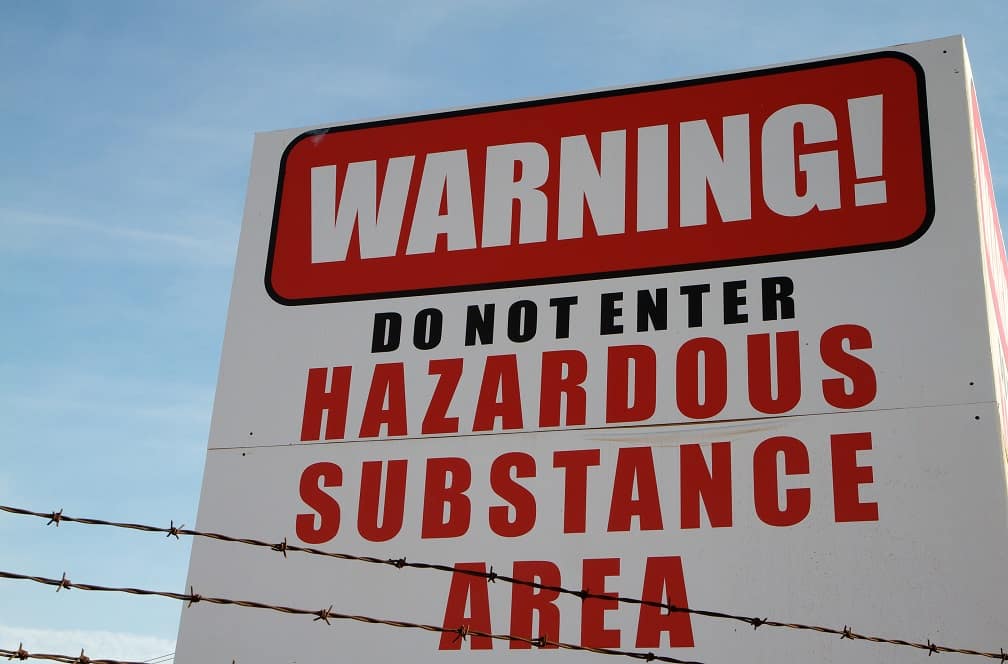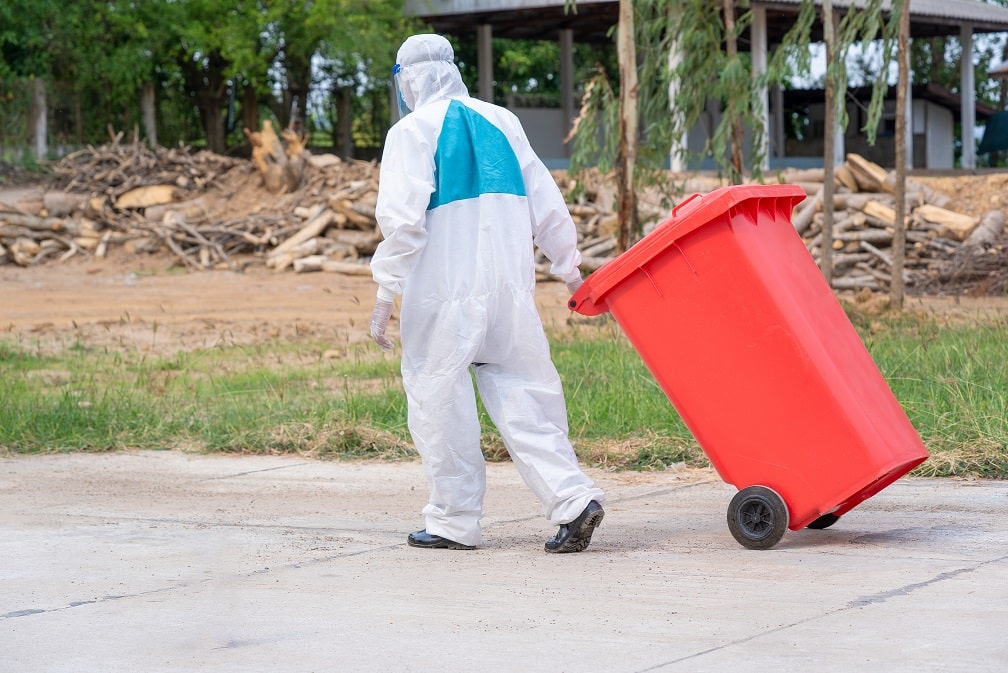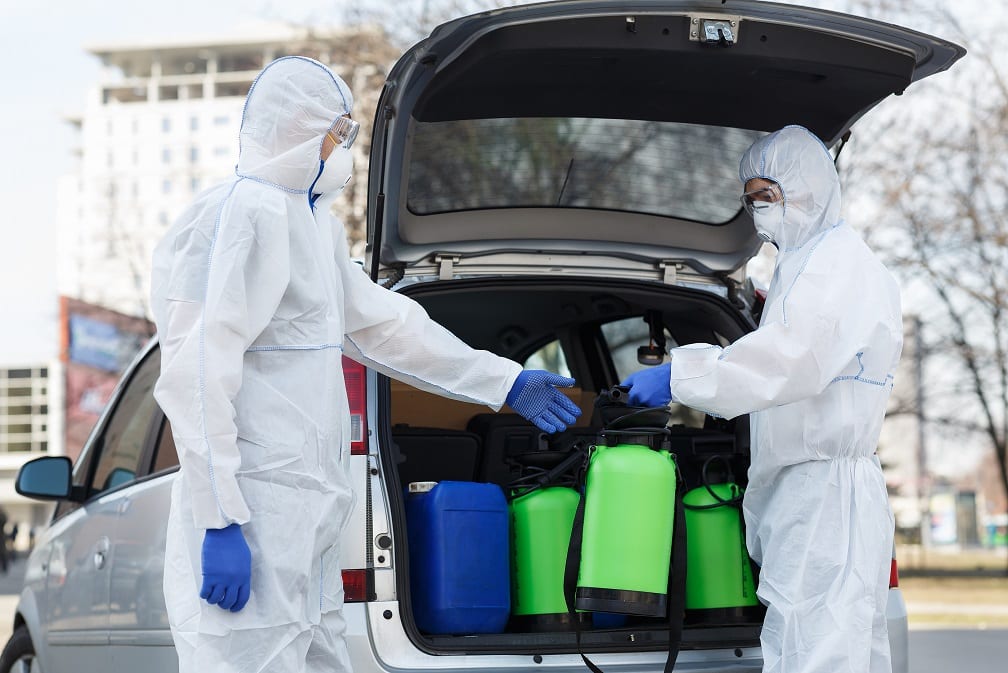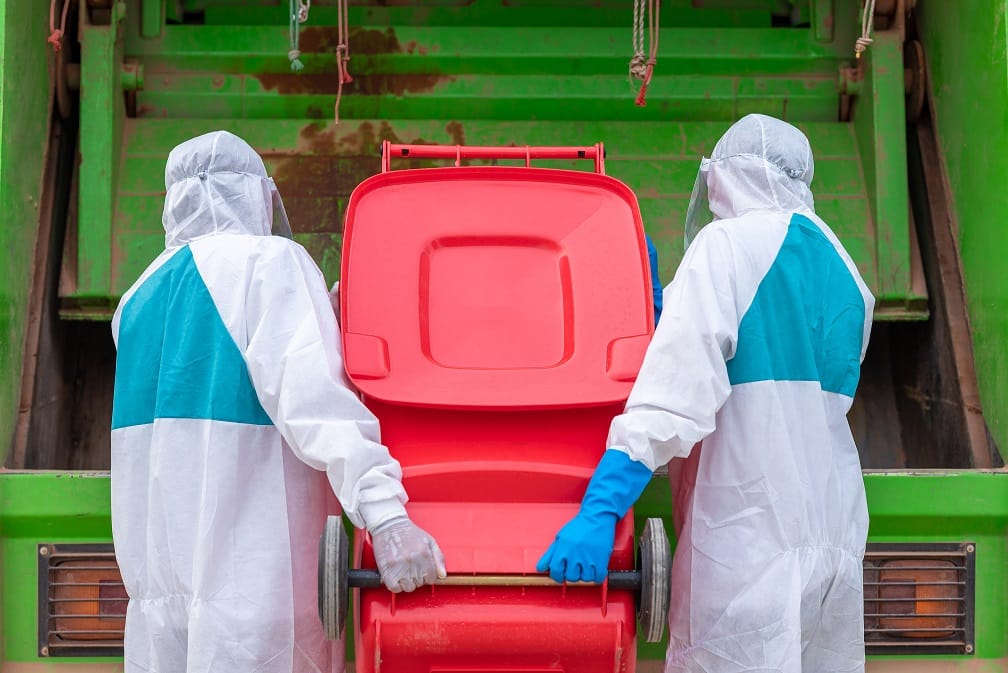Hazardous waste management revolves around reducing the number or volume of hazardous materials produced and treating them to reduce their levels of toxicity. Then, sound engineering controls are applied in their reuse through the elimination of hazardous exposure.
Electronics also contain hazardous materials, some of which can be reused. Recycling electronics (eCycling) helps keep valuable materials out of the landfill by converting them back into new products.
Methods of Hazardous Waste Recycling
In the US, over 1.5 million tons of hazardous wastes were recycled in 2017. Hazardous waste is deemed to have been recycled if it is reused or reclaimed. Hazardous waste can be treated for reuse by physical, chemical, thermal, or biological methods.
There are several options available for the management of hazardous waste. Among them, the most desirable is to recycle the materials for use in other productive activities. The EPA categorizes hazardous waste into three types: listed, characteristic waste, and finally mixed radiological waste.
Wastes are classified as hazardous if they show one or more hazardous or radioactive properties. These include being explosive, irritant, oxidizing, flammable, toxic, harmful, or carcinogenic, besides having harmful effects on human health and the environment.
Economic Benefits of Hazardous Waste Recycling
Recycling hazardous waste recycling is not only good for the environment but can also be a good move in terms of the bottom line. Hazardous waste recycling can boost production efficiency and cut costs linked to waste management and the purchase of raw materials. Besides, a business might benefit from being associated with a “green” or positive image associated with waste recycling efforts.
Environmental Benefits of Hazardous Waste Recycling
Recycling hazardous waste contributes to two of the goals set by the Resource Conservation and Recovery Act (RCRA):
- Reducing the consumption of raw materials
- Cutting the volume of waste materials that need to be disposed of and treated.
Recycling hazardous waste has several other interrelated environmental benefits, including less water, air, and soil pollution typically associated with raw materials extraction, refining, and processing.
Recycling also helps reduce greenhouse gases (GHGs) emissions. When we recycle hazardous wastes, less energy is required for extracting, moving, and processing raw materials and manufacturing products. Besides, when the demand for energy decreases, we burn fewer fossil fuels and emit less carbon dioxide into the atmosphere.
By recycling hazardous matter, less hazardous waste goes for treatment and disposal, meaning less need for hazardous waste incinerators and landfills. It also means a reduction in energy used for those processes, leading to less pollution.
Conclusion
Hazardous Waste in the US is heavily regulated, and you just cannot toss it out with your everyday garbage. Waste management chemists use advanced analytical chemistry skills in determining the composition of materials that are deemed hazardous, either in the field or lab. These are then categorized into different classes.
The EPA has set four characteristics of hazardous waste: ignitability, toxicity, corrosivity, and reactivity. Toxicologists, biologists, and water & soil chemists collaborate to evaluate hazardous wastes. Hazardous waste programs at both national and local levels in the US provide the opportunity to recycle these wastes in environmentally friendly ways.




